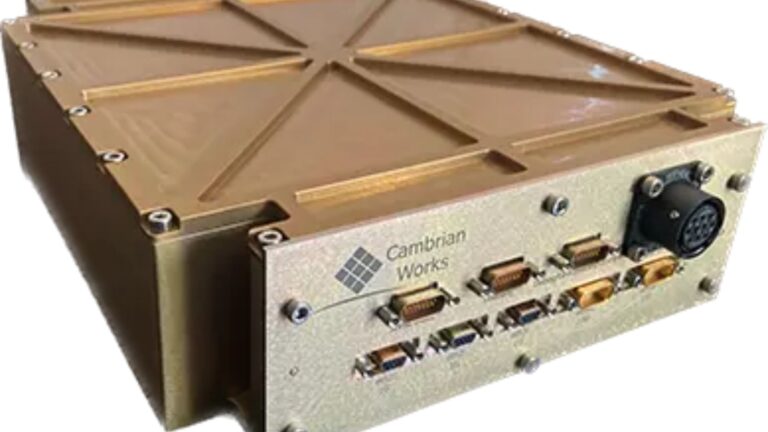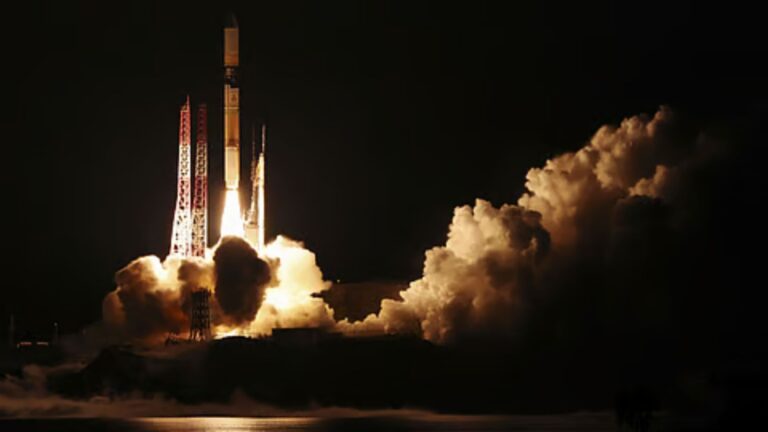
A French aerospace startup founded by former missile engineers is pioneering a novel defense technology designed to capture and de-orbit space debris and potential threats in orbit. The company, Dark, established in 2022 by veterans from European defense firms MBDA and Thales, is working on a space interceptor system that could revolutionize space defense.
The centerpiece of Dark’s efforts is the Interceptor, a spacecraft that would be launched from a modified commercial aircraft, maneuver in orbit to approach a designated object, and use robotic arms to capture and decelerate the target before safely de-orbiting it into the South Pacific Ocean. This approach echoes air-defense tactics used by military aircraft and introduces a new level of responsiveness to orbital security.
Dark has raised approximately $11 million in venture funding and expanded to a 40-person team specializing in propulsion, radar, and object inspection technologies. The startup has drawn investments from Eurazeo and Long Journey Ventures — the latter founded by Arielle Zuckerberg, sister of Meta CEO Mark Zuckerberg. Long Journey has previously supported aerospace and defense companies such as SpaceX and Anduril.
“Our goal is to develop counterspace systems that match the increasingly hostile environment in orbit,” said Dark co-founder Clyde Laheyne in an interview with SpaceNews. He emphasized that current satellite operators lack the tools to deter or respond to orbital threats, and Dark aims to change that with a system capable of responding to a threat within 24 hours of detection.
The first test mission for Interceptor, planned for 2027, will focus on rendezvousing with and shadowing a target satellite to validate navigation capabilities. Future missions will demonstrate the spacecraft’s ability to capture and deorbit objects. Once captured, the targets will be guided to a remote section of the South Pacific Ocean — a region already known as a “satellite graveyard” used for controlled reentries, including that of Russia’s Mir space station in 2001.
Laheyne also defended the air-launch model used by Interceptor, pointing out its operational advantages over traditional ground-based launches. “Using an aircraft bypasses common weather delays and enables us to align directly under the target’s orbit,” he said. This flexibility could be especially beneficial for countries without established spaceports, allowing them to deploy space missions from military airbases.
Dark’s development has attracted the attention of France’s national agencies, including the French Space Agency and the Defence Innovation Agency, which are collaborating with the startup on demonstrations of its technology. The company is actively testing its methalox (liquid methane and oxygen) cryogenic engine and refining its orbital propulsion and sensing systems.
The startup’s emergence is part of a broader trend of rising European investment in space defense. France, in particular, has increased funding for space security, including provisions for “active defense systems” capable of patrolling and defending national assets in both low Earth and geostationary orbits.
The collaboration between France and the United States in space defense is also growing. U.S. Space Command chief Gen. Stephen Whiting recently highlighted a successful bilateral proximity operation involving French and American spacecraft, marking a new milestone in joint orbital defense capabilities.
As geopolitical tensions and the volume of orbital debris continue to rise, Dark’s air-launched interceptor system represents a strategic innovation in ensuring safer, more secure access to space.






